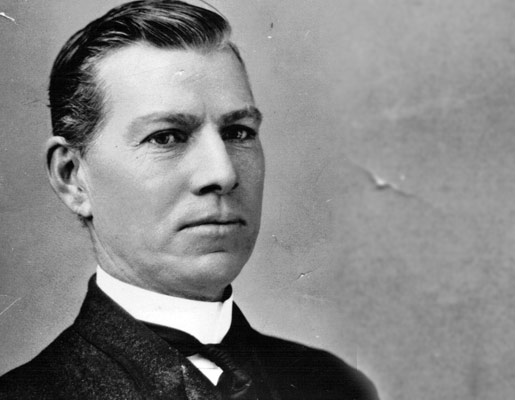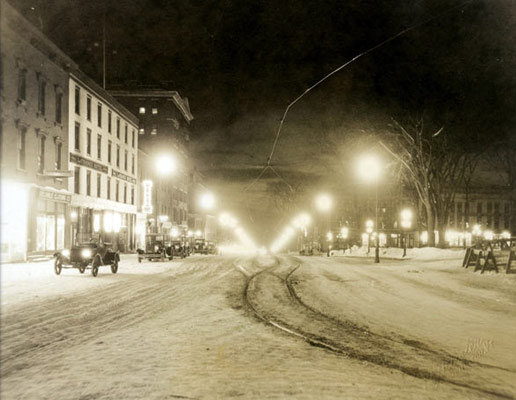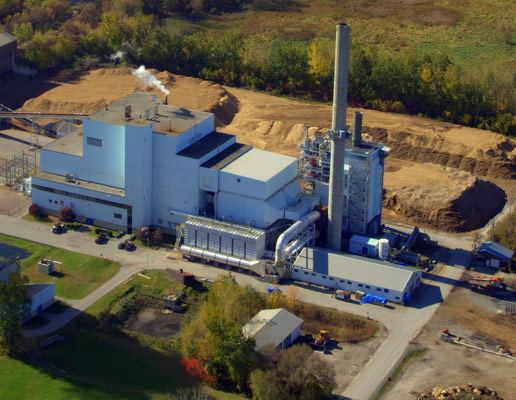Our History
The Beginning
At the turn of the last century, Burlington city officials, led by Mayor James Burke (pictured below), initiated a drive to reduce electric power costs for street lighting and residences. At that time, the city and residential customers were paying the privately owned Burlington Light and Power Company exorbitant rates that lead to the proposal to form a municipally owned electric utility. By 1903 authorization was granted by the Vermont Legislature and Burlington voters approved bonds for construction of a generating plant; coal-fired steam generators were installed in the new facility.


On April 29, 1905, the Burlington Electric Department (BED) began providing power for city streetlights, with homes and businesses starting to tie on just months later. Street lighting costs and residential and commercial rates dropped proving the city fathers point—much to the delight of Burlington residents. The newly formed Board of Electric Light Commissioners were so pleased with the new rates that they approved a policy to replace, at no cost, customers’ burned out light bulbs!
As more and more customers tied on to the system, commissioners proposed adding a new steam turbine to meet the demand. After a two-year delay brought on by the city’s private utility. The new turbine was eventually installed in 1912, just in time to prevent overload damage to the existing plant.
During World War I, BED saw a dramatic drop in their cash flow as a result of the increasing price of coal. Because of the Department’s weak financial position, some residents advocated selling the utility. But in 1919, Burlington Mayor J. Holmes Jackson arranged a contract with a municipal electric utility in St. Albans to bring power to Burlington for just one cent per kilowatt-hour. The detractors were silenced, and the Electric Department flourished in the years ahead.
In the early 1930s, the Department began providing street lighting for the city at no charge.
Generating Power
Power shortages in Burlington following World War II highlighted the need for a major generating station to meet the city demand. In 1952, voters approved bonding for the 30-megawatt coal-fired Moran Generating Station, named for Mayor J.E. Moran, generating substantial savings over the years for customer-owners of BED.
Wood burning at the facility began in 1977 and drew worldwide attention. The continual rise in electrical demand through the ’70s and into the ’80s and the expected retirement of some existing power sources including the Moran plant prompted BED to look at other ways to provide additional generating capacity. Studies were done to identify a fuel source that would be locally available, reliable, cost-effective, non-polluting and publicly acceptable. Wood scored high on all counts. On June 1, 1984, the McNeil Wood-Powered Electric Generating Facility (pictured below) began operations, leading the way in an alternative fuel and attaining worldwide recognition for the construction of the station on Intervale Road.


Today, BED is Vermont’s largest municipally owned electric utility serving more than 21,800 customers. BED is the exclusive provider of electric service to the City of Burlington, an area of approximately 16 square miles, and the Burlington International Airport in South Burlington. BED is also the operator and 50 percent owner of the Joseph C McNeil Wood-Powered Electric Generating Facility (pictured above) located in Burlington’s Intervale.
